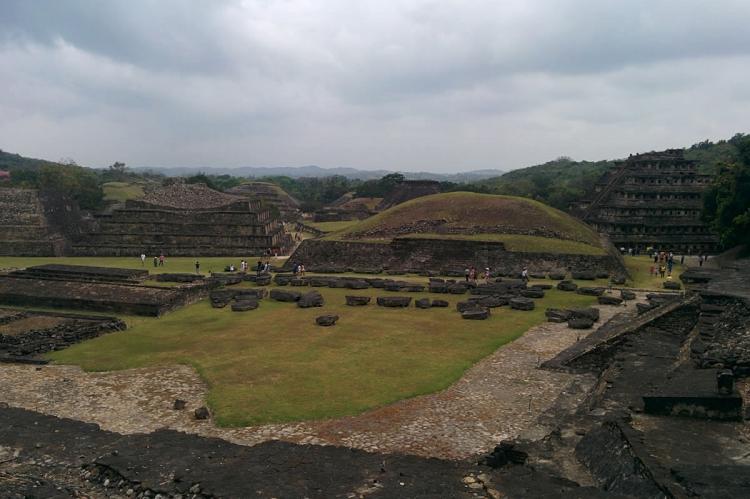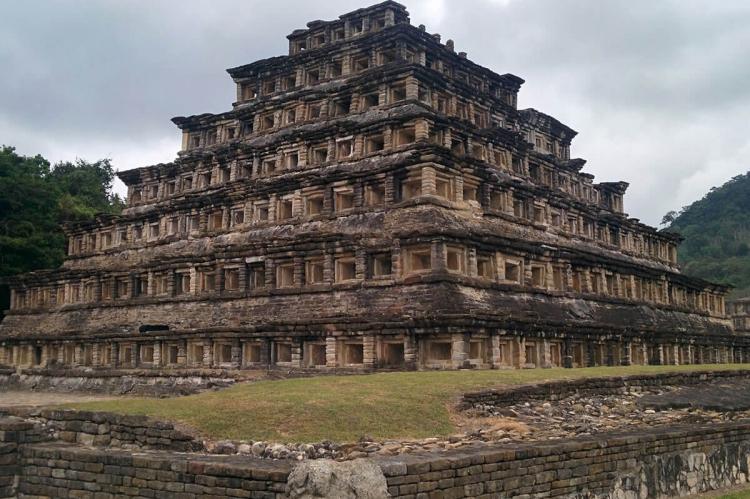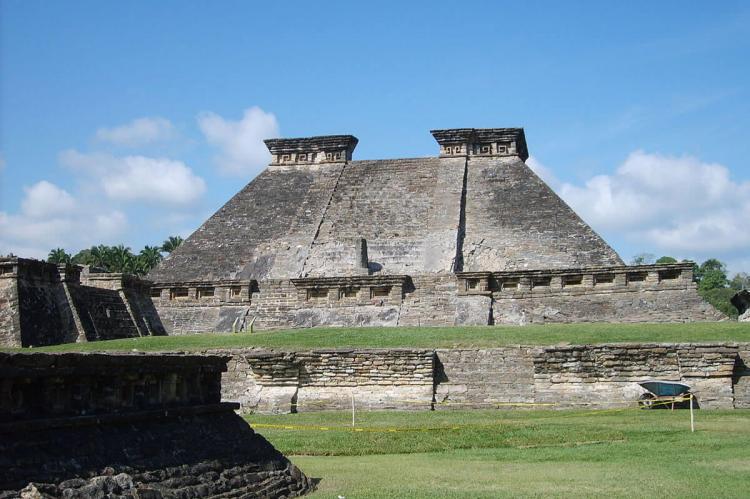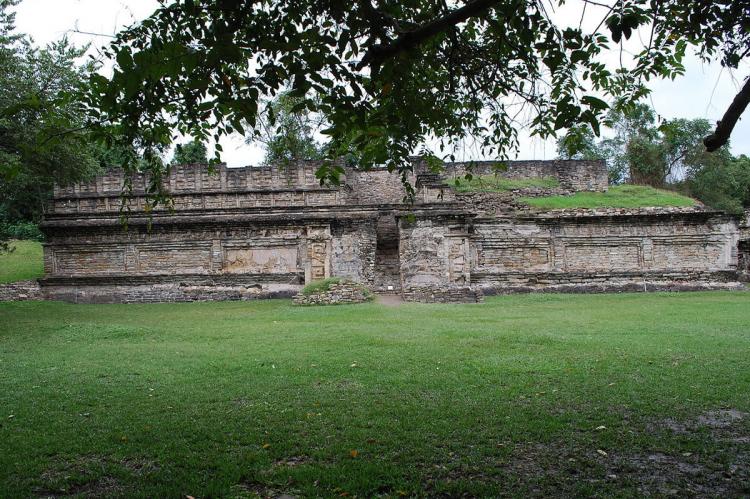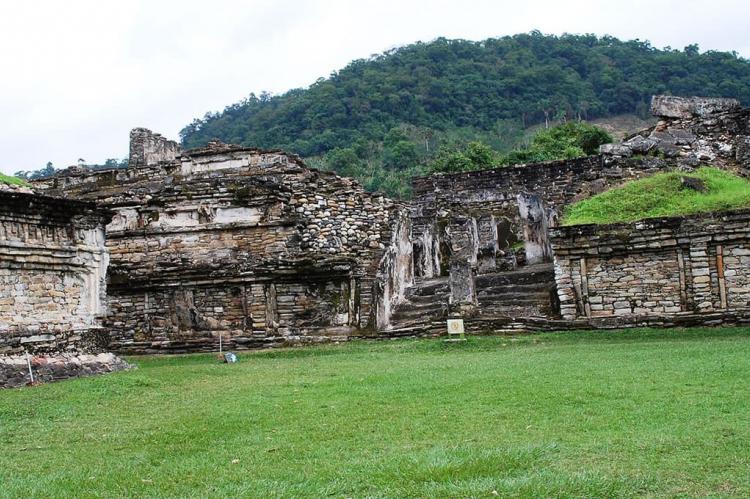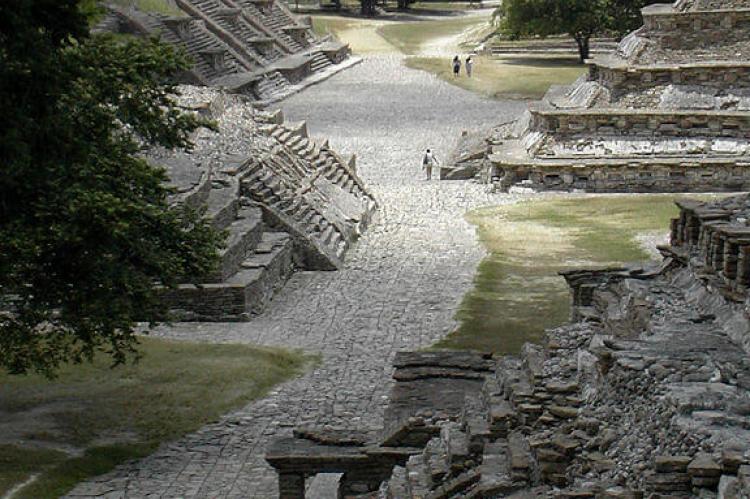El Tajín: The Hidden Jewel of Pre-Hispanic Mesoamerica
Nestled in the verdant landscape of Veracruz, El Tajín is a testament to the grandeur and significance of Mesoamerican cultures. Designated as a World Heritage site, this archaeological marvel emerged as the foremost center in northeast Mesoamerica after the fall of the Teotihuacan Empire.
Unveiling El Tajín: The Astronomical and Architectural Marvel of Ancient Veracruz
Nestled in the lush tropical landscape of Veracruz, Mexico, the ancient city of El Tajín stands as one of the most significant archaeological sites from pre-Hispanic Mesoamerica. Renowned for its elaborate architecture, astronomical alignment, and cultural influence, El Tajín reached its zenith between the 9th and 13th centuries, becoming a prominent center in the region following the decline of Teotihuacan. Designated a UNESCO World Heritage Site in 1992, El Tajín is a testament to the sophistication and grandeur of ancient Mesoamerican civilizations. Its unique architectural features and well-preserved monuments offer profound insights into a pivotal era of cultural development and transformation in pre-Columbian Mexico.
Historical Background
The Rise of El Tajín
El Tajín rose to prominence in the Early Postclassic period (circa AD 800–1200), a time of cultural flourishing in northeastern Mesoamerica. As the Teotihuacan Empire waned, El Tajín emerged as a dominant regional power, establishing trade and cultural connections that stretched as far as the Maya region and the central plateau of Mexico. It became an influential cultural center, contributing to the artistic, architectural, and religious developments of the time.
El Tajín's strategic location near the Gulf of Mexico allowed it to act as a hub for trade and communication between the coastal regions and inland Mesoamerican cities. Its architecture and artistic traditions blend local Totonac culture and broader Mesoamerican influences. This period of prosperity saw the construction of its most famous structures, including the Pyramid of the Niches and numerous ball courts, which played a central role in the city's religious and social life.
Occupation and Decline
El Tajín was initially believed to have experienced multiple phases of occupation from 100 BC to AD 1200. However, more recent research has clarified that the city's primary period of occupation occurred between AD 800 and 1200. During this time, it grew into one of the most important cities in the region, with an estimated population of between 15,000 and 20,000 inhabitants.
By the 13th century, however, El Tajín's influence began to wane. The city faced partial destruction and eventual abandonment, likely due to environmental factors, external invasions, and the expanding power of the Aztec Empire. Despite its decline, the ruins of El Tajín were preserved by the dense forest, allowing them to remain relatively intact for future generations to study and explore.
Architectural Masterpieces of El Tajín
The Pyramid of the Niches
The Pyramid of the Niches is El Tajín's most iconic structure and a masterpiece of Mesoamerican architecture. Standing 20 meters (66 feet) tall, this six-tiered pyramid features 365 niches—one for each day of the solar year—highlighting the city's advanced understanding of astronomy and the calendar. The pyramid's alignment and symbolic use of niches suggest that it may have been used for religious ceremonies and as an astronomical observatory.
The meticulous design of the Pyramid of the Niches reflects the broader architectural achievements of El Tajín, which is characterized by intricate stone carvings, geometric patterns, and symbolic reliefs. The pyramid's façade, with its rhythmic alternation of niches and solid stone, represents a unique architectural style that sets El Tajín apart from other Mesoamerican sites.
The Ball Courts
One of the most remarkable features of El Tajín is the sheer number of ball courts discovered at the site. With 17 known courts, El Tajín has more ball courts than any other Mesoamerican city, underscoring the central role the Mesoamerican ballgame played in its society. The ballgame, which held deep religious and political significance, was often associated with ritual sacrifice and the cosmic battle between life and death.
The ball courts at El Tajín are adorned with elaborate carvings depicting players and mythological scenes, offering a glimpse into the ritualistic importance of the game. One of the most notable courts, the South Ball Court, features panels of low-relief sculptures that depict the ritual sacrifice of a ballplayer, believed to symbolize the renewal of life and agricultural fertility.
The Xicalcoliuhqui and Urban Layout
El Tajín's urban layout is a marvel of pre-Hispanic city planning. The site's overall design mimics the shape of the Xicalcoliuhqui; a stepped fretted pattern that resembles the cross-section of a marine shell. This layout, which incorporates the natural contours of the surrounding hills, reflects the city's connection to nature and the cosmos. Symbolic geometry and the careful orientation of buildings demonstrate the importance of astronomy, ritual, and ceremonial pathways in the city's daily life.
The city is divided into three main areas: the Tajín complex, Tajín Chico, and the Group of Columns. Each area boasts unique architectural characteristics. Tajín Chico, located on a raised platform, contains some of the city's most elaborately decorated buildings, including Building A, which features Mayan-style arches and finely detailed low-relief carvings. The Group of Columns, another prominent section of the city, is noted for its large colonnaded structures, which likely served as administrative or ceremonial spaces.
Cultural Significance and Legacy
A Time Capsule of Mesoamerican History
El Tajín holds a special place in Mesoamerican archaeology as one of the best-preserved examples of a city from the Epiclassic and Early Postclassic periods. Its well-preserved structures, carvings, and ball courts offer invaluable insights into its inhabitants' culture, religion, and daily life. The city's artistic achievements, particularly in architecture and relief sculpture, reflect a high degree of skill and innovation that influenced neighboring regions and succeeding cultures.
The Pyramid of the Niches and the ball courts, in particular, reveal the complex cosmology of the people of El Tajín. Their architectural designs, which integrate astronomical symbolism and ritualistic elements, speak to the city's deep connection to the celestial cycles that governed agricultural and ceremonial practices.
The Rediscovery of El Tajín
Following its abandonment, El Tajín remained hidden in the dense jungles of Veracruz until the early 18th century, when European explorers rediscovered it. Archaeological excavations began in earnest in the 20th century, uncovering the city's monumental architecture and providing a clearer understanding of its historical significance. Today, El Tajín is a UNESCO World Heritage Site and a symbol of Mexico's rich pre-Hispanic heritage.
Modern visitors to El Tajín are transported back in time as they wander through the plazas, pyramids, and ball courts that once formed the heart of this thriving city. The site's intricate carvings and majestic buildings offer a glimpse into a bygone era, inviting reflection on the cultural richness and achievements of ancient Mesoamerican civilizations.
Conclusion
El Tajín is a remarkable testament to pre-Hispanic Mesoamerica's architectural brilliance, cultural complexity, and religious depth. From the iconic Pyramid of the Niches to the vast network of ball courts, the site's structures provide a unique window into the lives of the people who inhabited this thriving city between AD 800 and 1200. Its strategic location, artistic achievements, and astronomical alignments reveal a civilization deeply connected to the natural world and the cosmos. As a UNESCO World Heritage Site, El Tajín continues to captivate archaeologists, historians, and visitors, offering a timeless reminder of the grandeur of ancient Mesoamerican cultures.
